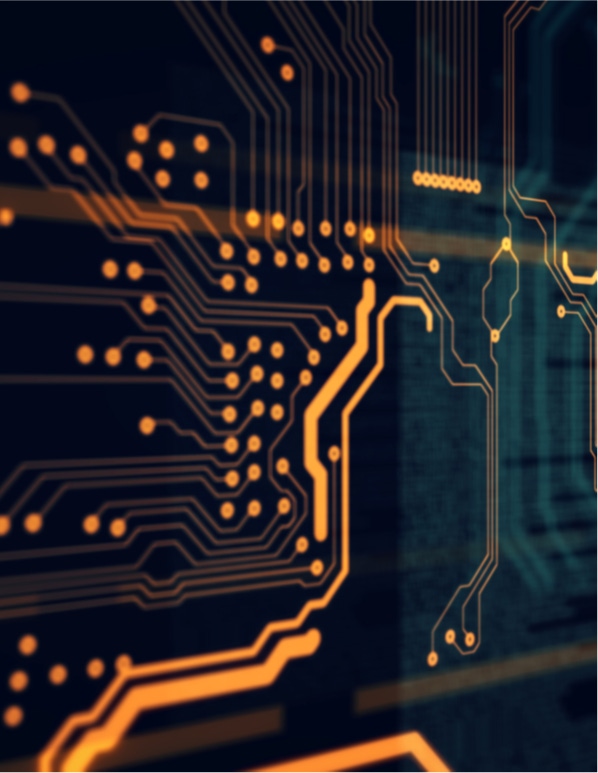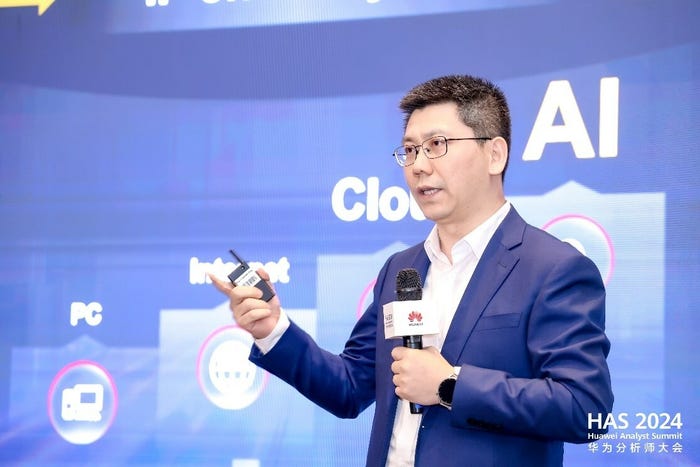IoT device makers and builders need to start securing devices now as the wider builder community is expected to adopt the guidance from the IoT Cybersecurity Act.

The IoT Cybersecurity Act is a good start for IoT pros to implement more security features on devices. However, securing assets through proactive measures, including vulnerability assessments and disclosure programs are options that could back the wider builder community in the fight against bad actors.
Signed into law in December 2020, the bipartisan legislation forces any Internet of Things (IoT) device purchased with government money to meet minimum security standards.
While the law means governments can expect more secure IoT devices, the onus is on builders and device makers to bolster device security.
Builders Need to Act Now to Secure Devices
Implementing security measures has become more essential for those supplying to the government, even though the wider IoT landscape is sometimes characterized as the Wild West given its lack of rigorous, common security standards.
Despite that, however, it is critically important that device makers implement cybersecurity measures now, stressed founder and CEO of IoT security software company BG Networks, Colin Duggan. He warned that IoT devices are prime targets for malicious activity.
There is absolutely no doubt that now and in the future criminals and adversarial nation states are looking for and exposing weaknesses in IoT devices that are networked connected – just like they are currently exposing weaknesses in IT systems, he said.
Duggan suggested that malicious actors constantly test the limits of their targets .The recent Verkada security camera hacks highlight that these actors don’t need clear motive intent behind them, as an alleged ideological viewpoint drove a desire to penetrate devices.
The U.S. National Institute of Standards and Technology (NIST) has laid out the Cybersecurity Framework, but it isn’t a one-size fits all approach.
Builders and device makers should note that that some devices need to be more secure than others – either the data they contain is more sensitive or breaches could cause potential safety or operational issues as many IoT devices control physical things and actions, Duggan said.
Yaniv Nissenboim, VP of business development at Vdoo, echoed Duggan, indicating that device makers should start “mapping to these guidelines now” so they can be ready to act and mitigate them once the new regulations really take shape.
Long-Term Impact of the IoT Cybersecurity Act
In the short term, IoT device cybersecurity will no longer be considered an afterthought, with the private market given a shining light in the sky to follow as an example.
The long-term impact of the act, however, places greater onus on device makers to think hard about security implementations.
Brian Carpenter, director of business development at CyberArk, stressed that device manufacturers and builders should consider how these pending regulations will be enforced and how customers can manage and secure connections to and from IoT devices.
“Customers … don’t want more siloed security solutions that manage a part of their risk – they need a single view of their risks to manage it properly,” Carpenter said.
IoT builders that create devices with increased and effective measures, like secure firmware updates, patches, and identity management, will be able to fit into their customer’s risk mitigation strategies and gain a competitive advantage, he said.
Builders and device makers weren’t the focus of this legislation – after bipartisan U.S. politicians made a plethora of regulatory changes aimed at curbing rogue nations from interfering with the country’s technological infrastructure. While that issue has grown over time, with several pieces of legislation aiming to curb havoc caused by the likes of Russia, China, Iran, and North Korea, this particular change will certainly help builders in the long-term.
By providing guidelines on what constitutes strong security, the manufacturers will need to ultimately meet customer needs, with NIST’s guidelines likely to transform into new legislation, either on the federal or state level, Carpenter suggested.
A Broad Definition is a Good Definition
Duggan said that the legislation’s definition for IoT devices “is good because devices with network interfaces can potentially add vulnerabilities to the network”.
The IoT Cybersecurity Act’s definition of what constitutes an IoT device states: a device must “have at least one transducer (sensor or actuator) for interacting directly with the physical world, have at least one network interface.”
Duggan said that this means the law casts a wide net while also being clear that smartphones or laptops are not included as ‘implementation of cybersecurity features is already well understood.’
The limitation he pointed to however concerned a lack of a specific mandate which would force government agencies to add cybersecurity to devices.
Duggan referred to the United Nations Economic Commission for Europe (UNECE) WP.29 automotive regulations, which state that by July 2024 all newly produced vehicles must include cybersecurity based on a security-by-design approach and are able to conduct software updates.
He described the IoT Cybersecurity Act being “not as strong as the UNECE requirements,” and that in terms of improving security, matching what the UNECE is doing would be a good step. “That [UNECE] regulation is forcing change in the automotive industry to broadly implement the needed cybersecurity in cars,” he added.
In terms of other limitations placed on device makers and builders, Nissenboim reminded that the law applies only to companies selling IoT devices to the federal government. Despite this, however, he admitted that state governments and private enterprises will also look to adopt its principles and guidelines.
“In addition, there is a growing body of international IoT cybersecurity standards and regulations under development,” he said, adding that the regulations will help force higher security levels on the billions of connected devices produced every year in various sectors.
Issues Still to Address with the IoT Cybersecurity Act
While regulations have been praised by observers, issues remain for device makers and builders – especially those not selling to the U.S. government.
Builders need to stand back to evaluate the rolling implications of the act. While the law isn’t forcing them to implement security evaluations on devices, but as attack numbers skyrocket, the guidance may be required to deflect breaches.
Nissenboim said such analyses and monitoring will have to be automated and managed by both product security and engineering stakeholders who will have to take on these important processes.
CyberArk’s Carpenter warned that remote connections to IoT devices still offer a major challenge in terms of firmware updates, credential management, and maintenance.
Carpenter expressed hope in seeing some related to those currently unregulated issues in the final guidelines; “particularly as the workforce continues to proliferate,” he added.
About the Author(s)
You May Also Like





.png?width=300&auto=webp&quality=80&disable=upscale)


.png?width=300&auto=webp&quality=80&disable=upscale)